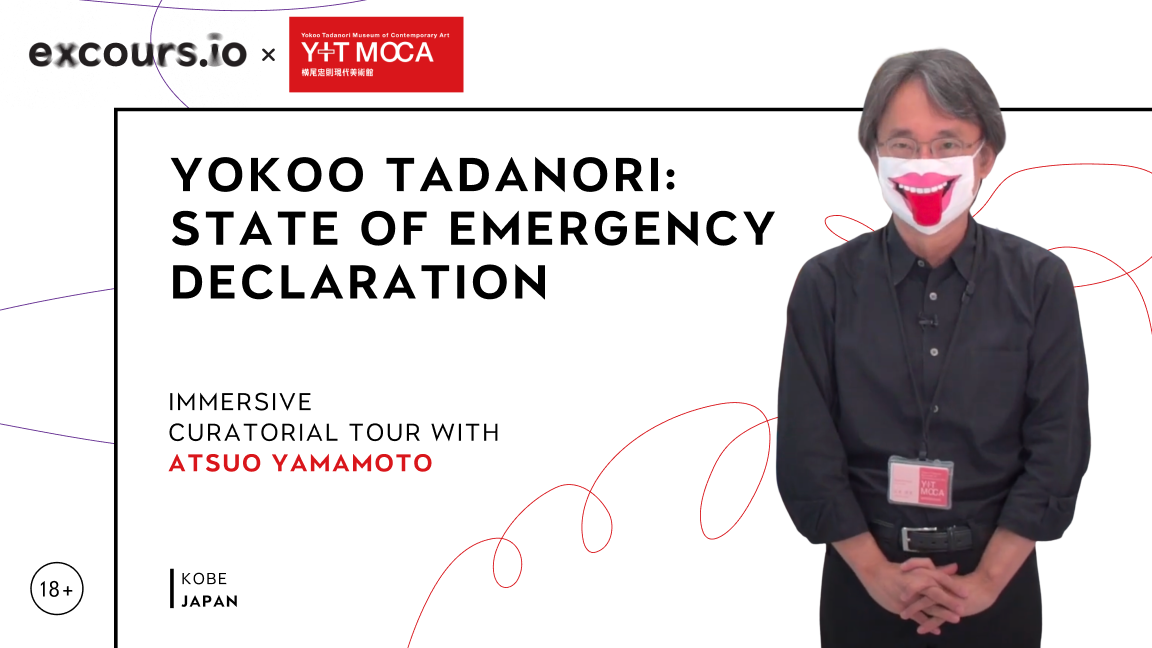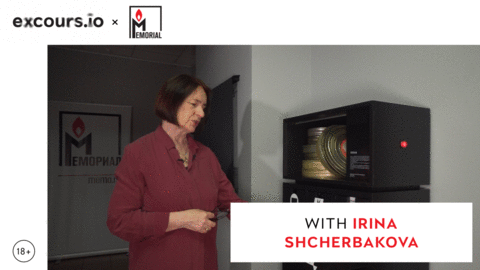Yokoo Tadanori: State of Emergency Declaration
Yokoo Tadanori: State of Emergency Declaration explores the artist’s prescient depictions of tense situations where the line between fact and fiction dissolves. Long before the novel coronavirus crisis, Yokoo Tadanori repeatedly created works that now resonate with contemporary global events, reflecting a timeless human experience of uncertainty. This exhibition features his impactful paintings alongside an installation of his recent online series, With Corona, which incorporates imagery like masks in a direct artistic response to the virus. Visitors can observe how Yokoo’s vision, spanning from earlier works to current creations, challenges perceptions of reality, encouraging reflection on art’s power to interpret and shape our understanding of the world during moments of profound change.
Why should you watch this?
The film State of Emergency Declaration resonates now because it captures the unsettling feeling of living through crises that blur the edges of truth and imagination. Long before the pandemic, Yokoo Tadanori painted scenes where reality fractured under pressure, and his recent With Corona collages — filled with masks and cavernous mouths — extend that vision into our present. Confronting these images can be disquieting, even surreal, yet they also sharpen awareness of how art can mirror collective anxiety while offering a space to process it. The takeaway is stark yet universal: in uncertain times, art helps us face fear and reimagine survival.
“A” fell down, “B” is gone. Glossary of Soviet censorship. Censorship practices in the USSR from the first to the last day of the Soviet authorities
The exhibition serves as a poignant exploration of the pervasive and often absurd censorship that defined Soviet culture over 70 years. By navigating through the Russian alphabet—from the arrest of manuscripts to the Yauza tape recorder and the underground phenomenon of magnitizdat—visitors will uncover a narrative rich in both cruelty and resilience. Each letter unveils stories of meticulous scrutiny and cold repression, highlighting the complex interplay between censorship and state security, while also showcasing remarkable acts of civil defiance against artistic oppression. Enhanced by an array of documents, media, and artifacts, this exhibition invites you to explore the hidden layers of Soviet history and the power of creative expression that endeavored to resist the “red pencils” of authority.
Why should you watch this?
Being familiar with censorship practices is crucial in today’s increasingly polarized society, where issues of free speech and artistic expression are under threat globally. In an era marked by social media scrutiny, fake news, and governmental overreach, understanding the historical context of censorship serves as a stark reminder of the fragility of our rights and liberties. This exhibition resonates with contemporary struggles against misinformation, the suppression of dissent, and the erosion of trust in media and government institutions. By delving into the past, viewers gain insights into the tactics used to stifle voices and the importance of civil resistance. Thus, this tour becomes not just a historical observation, but a call to action, encouraging us to safeguard freedom of expression and advocate for a culture where diverse narratives can flourish without fear of repercussion in our modern landscape.


